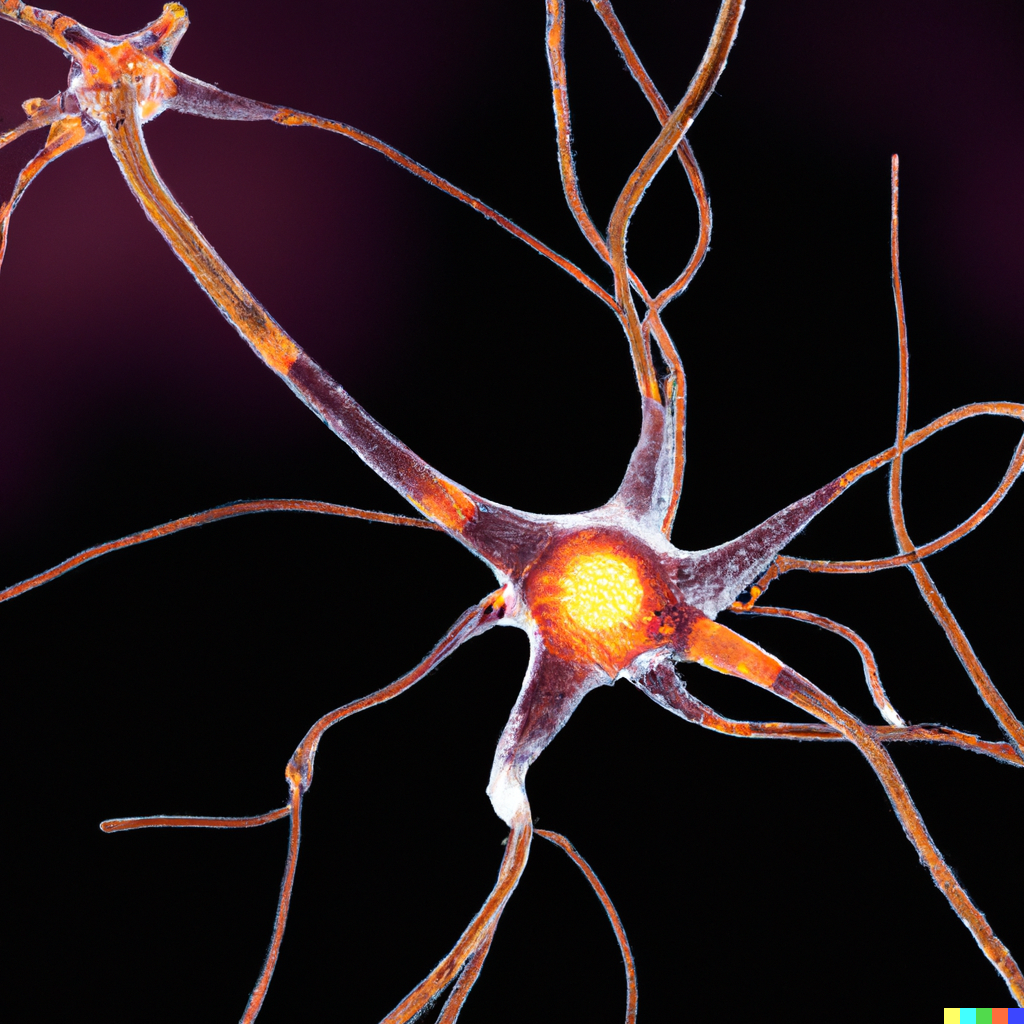Assessing the role of advanced computational tools in deciphering Alzheimer’s complexity
### Assessing the Role of Advanced Computational Tools in Deciphering Alzheimer’s Complexity
Alzheimer’s disease is a complex condition that affects millions of people worldwide. It is characterized by the progressive loss of memory and cognitive functions, leading to significant challenges in diagnosis and treatment. Recent advancements in computational tools have significantly improved our understanding of Alzheimer’s disease, enabling researchers to identify genetic factors, detect early biomarkers, and develop more effective treatments.
#### Genetic Loci Detection
One of the key areas where advanced computational tools have made a significant impact is in the detection of genetic loci associated with Alzheimer’s disease. The Deep-Block framework, a novel AI framework, has been used to process large-scale genomic data from the Alzheimer’s Disease Sequencing Project (ADSP)[1]. This framework employs a three-stage approach: genome segmentation based on linkage disequilibrium (LD) patterns, selection of relevant LD blocks using sparse attention mechanisms, and application of TabNet and Random Forest algorithms to quantify single nucleotide polymorphism (SNP) feature importance. The Deep-Block identified 30,218 LD blocks and ranked them based on their relevance to Alzheimer’s disease, confirming previously known variants like *APOE* rs429358 and rs769449, and identifying novel SNPs.
#### Preclinical Cognitive Markers
Early detection of Alzheimer’s disease is crucial for effective intervention. Advanced computational tools, particularly artificial intelligence (AI) and machine learning (ML), are being explored to identify preclinical cognitive markers. A recent review highlighted the potential of virtual reality (VR) and AI in detecting early cognitive changes associated with Alzheimer’s disease[2]. Verbal episodic memory, executive functions, and processing speed are identified as sensitive preclinical markers. VR environments simulate real-world scenarios, allowing for the evaluation of subtle cognitive deficits that might be missed in traditional assessments. AI algorithms can integrate neuroimaging results, neuropsychological variables, and biomarkers to develop multivariate models for early diagnosis.
#### Biomarker Detection
Biomarkers play a critical role in diagnosing Alzheimer’s disease. The Tau Seed Amplification Assay (Tau-SAA) is a novel method developed to detect tau pathological aggregates in patients’ samples. This assay uses the prion-like seeding capacity of disease-associated tau to mimic its propagation in a cell-free in vitro system. The results show that Tau-SAA can accurately distinguish between AD and control samples, even at extreme dilutions, and has immense potential for high-sensitive and accurate detection of tau pathological aggregates[3].
#### Microglia Behavior Modeling
Understanding the behavior of microglia, the brain’s immune cells, is essential in deciphering Alzheimer’s complexity. Agent-based models, computational tools that simulate interactions between cells and their environment, are being used to study microglia’s role in neurodegeneration. These models allow researchers to explore the complex pathways of cell behavior and understand why microglia behave abnormally in Alzheimer’s disease. By simulating the cells’ environment and capturing interactions between different cell types, these models provide valuable insights into the mechanisms of neurodegeneration[5].
#### Conclusion
Advanced computational tools have revolutionized the field of Alzheimer’s research by enabling the detection of genetic loci, identifying preclinical cognitive markers, detecting biomarkers, and modeling microglia behavior. These tools not only enhance our understanding of the disease but also pave the way for the development of more effective treatments. As research continues to advance, we can expect even more sophisticated computational methods to be integrated into clinical practices, ultimately improving the diagnosis and management of Alzheimer’s disease.
By harnessing the power of advanced computational tools, researchers are one step closer to unraveling the complexities of Alzheimer’s disease, ultimately leading to better outcomes for those affected by this devastating condition.





